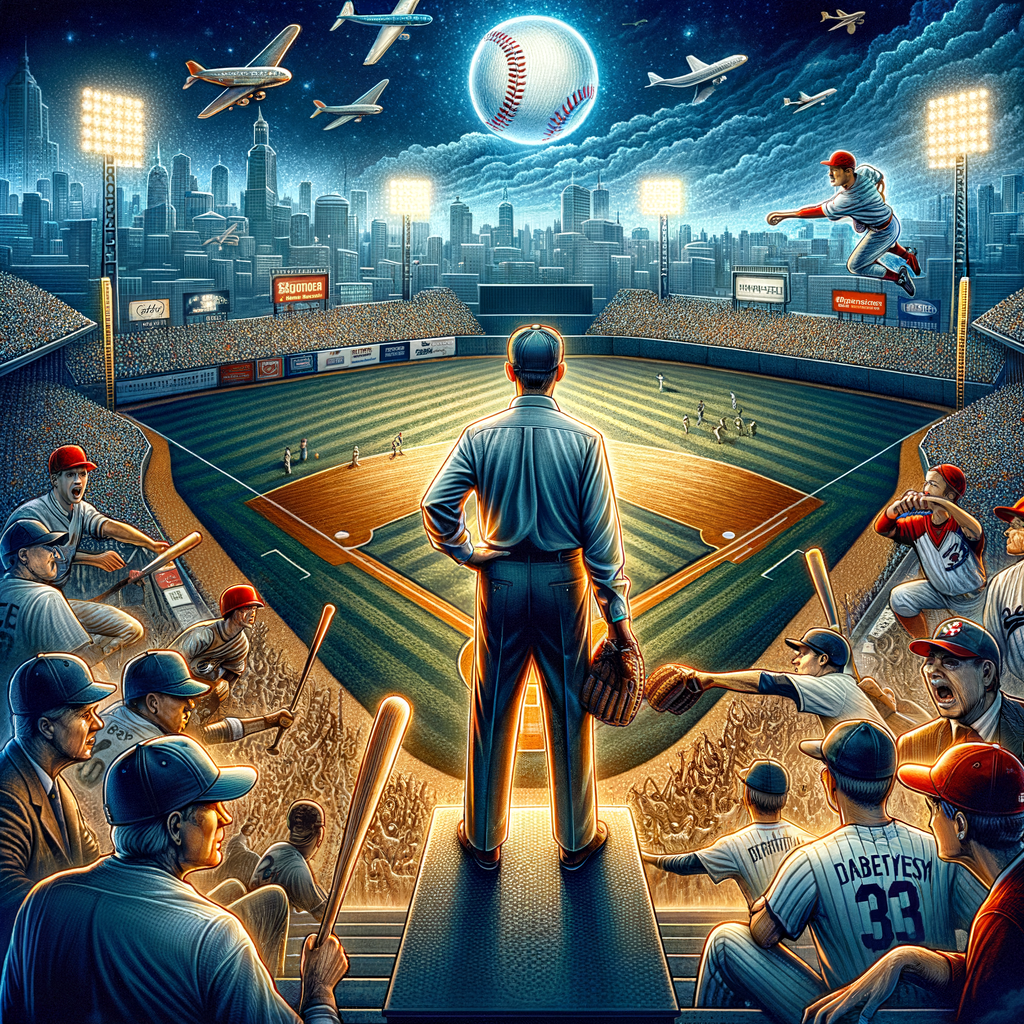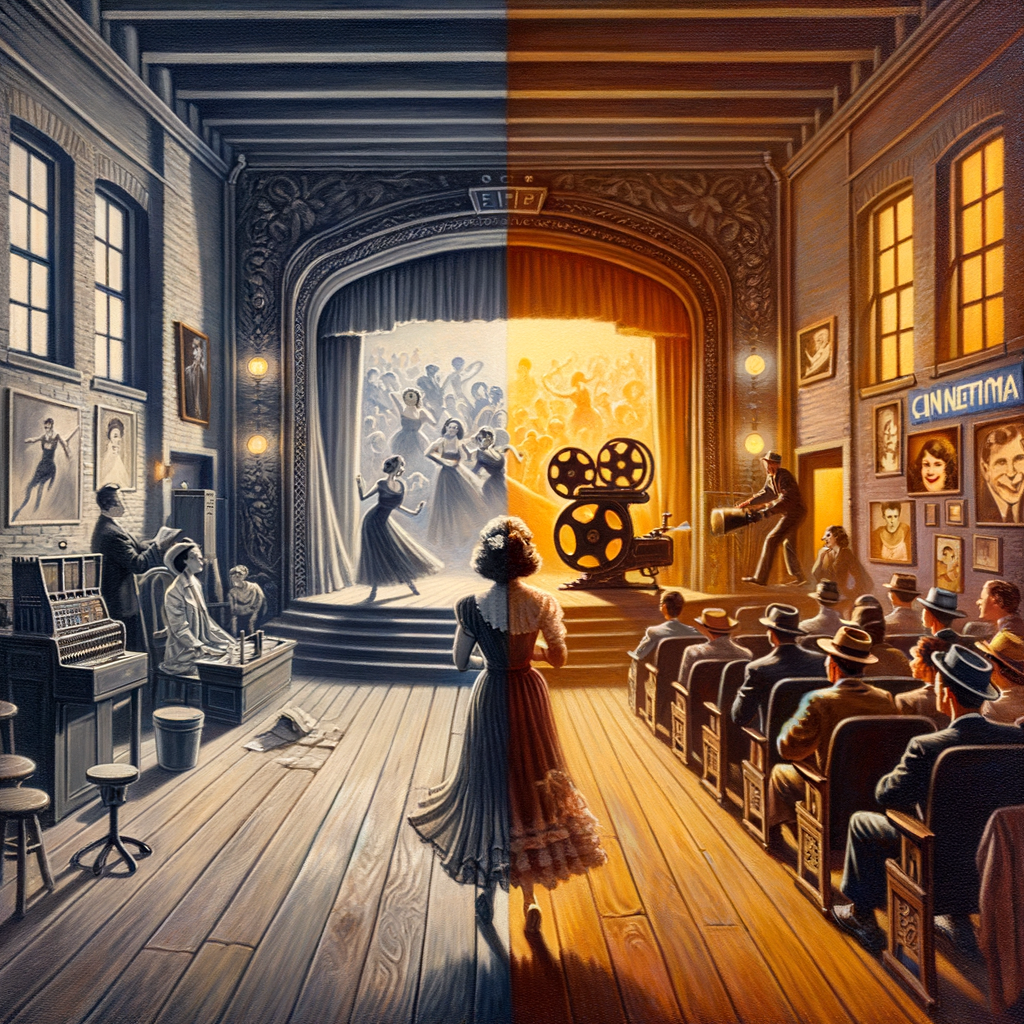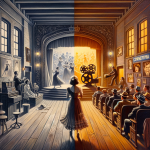Now Reading: A Deep Dive into the Making of Dog Day Afternoon (1975)
-
01
A Deep Dive into the Making of Dog Day Afternoon (1975)
A Deep Dive into the Making of Dog Day Afternoon (1975)

A Deep Dive into the Making of Dog Day Afternoon (1975)
Released in 1975, Dog Day Afternoon is a stunning portrayal of real-life events that captivated audiences and critics alike. With stellar performances by Al Pacino and John Cazale, this film has left a lasting mark on cinema history. Set in the vibrant neighborhood of Park Slope, Brooklyn, the film cleverly mixes drama, dark humor, and sociopolitical commentary, making it a significant work of art in the film canon.
The True Story Behind Dog Day Afternoon
At its core, Dog Day Afternoon is based on the 1972 robbery of a Brooklyn bank by John Wojtowicz. He and his accomplice, Salvatore Naturile, aimed to rob a bank to fund Wojtowicz’s partner’s sex reassignment surgery. This scandalous premise quickly drew media attention, as Wojtowicz’s motivations became public knowledge through televised coverage. The film, while fictionalized, stays true to the essence of this bizarre event.
Key Themes Explored
- Media Sensation: The robbery turned into a media circus, showcasing the intersection of crime and celebrity.
- Identity and Love: The bond between Wojtowicz and his partner highlights the struggles of identity and personal relationships.
- Class and Society: The film critiques the socioeconomic conditions that motivate individuals to commit crime.
Casting Choices That Shaped the Film
The casting of Al Pacino as John Wojtowicz was a pivotal decision. Pacino’s ability to depict a complex character embroiled in moral struggles added depth to the film. John Cazale’s portrayal of Sal was equally compelling, embodying vulnerability paired with a sense of loyalty. Their chemistry on-screen created a palpable tension that drove the narrative.
Notable Collaborations Behind the Scenes
Under the direction of Sidney Lumet, the film’s tension and pacing were expertly crafted. Lumet’s direction is particularly noteworthy for its realism and engagement with social issues. Additionally, the screenplay was adapted by Frank Pierson, whose writing captured the essence of the real events while providing a dramatic arc that held audiences’ attention.
Filming in Park Slope, Brooklyn
Filming Dog Day Afternoon in Park Slope added authenticity to the narrative. The area’s vibrant atmosphere contrasted with the film’s tense subject matter. Notable locations included actual streets and buildings, integrating the film’s tone with real-life settings. This decision not only showcased Brooklyn’s charm but also grounded the film in its actual historical context.
Community and Local Involvement
- Local residents were often used as extras, lending a natural feel to the crowd scenes.
- The film’s depiction of the community’s reaction to the events further reflected local sentiments during that period.
Legacy and Impact
Dog Day Afternoon not only became a box office success but also earned multiple Academy Award nominations, solidifying its place in cinematic history. Its raw portrayal of a troubled criminal’s motivations sparked discussions around societal issues that are still relevant today. The film paved the way for future films that discuss themes of identity, love, and social justice.
Conclusion
In conclusion, the making of Dog Day Afternoon stands as a testament to the power of storytelling through film. With unforgettable performances and a poignant script, the film captures the complexities of human emotion against a backdrop of dramatic events. As audiences revisit this cinematic gem over the years, Dog Day Afternoon will remain not only a significant historical narrative but also a mirror reflecting societal changes and personal struggles.
Stay Informed With the Latest & Most Important News
Previous Post
Next Post
-
 01Famous Writers from Brooklyn, New York
01Famous Writers from Brooklyn, New York -
 02A Comprehensive Look at Famous Novelists from Brooklyn, New York
02A Comprehensive Look at Famous Novelists from Brooklyn, New York -
 03The Impactful Journey of Donald Joel Aronow: A Boat Design Pioneer
03The Impactful Journey of Donald Joel Aronow: A Boat Design Pioneer -
 04A Scenic Journey: The Staten Island Ferry from Brooklyn to Manhattan
04A Scenic Journey: The Staten Island Ferry from Brooklyn to Manhattan -
 05Famous Sports Stars from Brooklyn, New York
05Famous Sports Stars from Brooklyn, New York -
 06A Look Back at the 1977 Brooklyn Blackout: Causes and Impacts
06A Look Back at the 1977 Brooklyn Blackout: Causes and Impacts -
 07A Comprehensive Look at Barry Manilow’s Brooklyn Roots
07A Comprehensive Look at Barry Manilow’s Brooklyn Roots

































